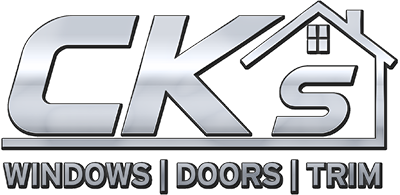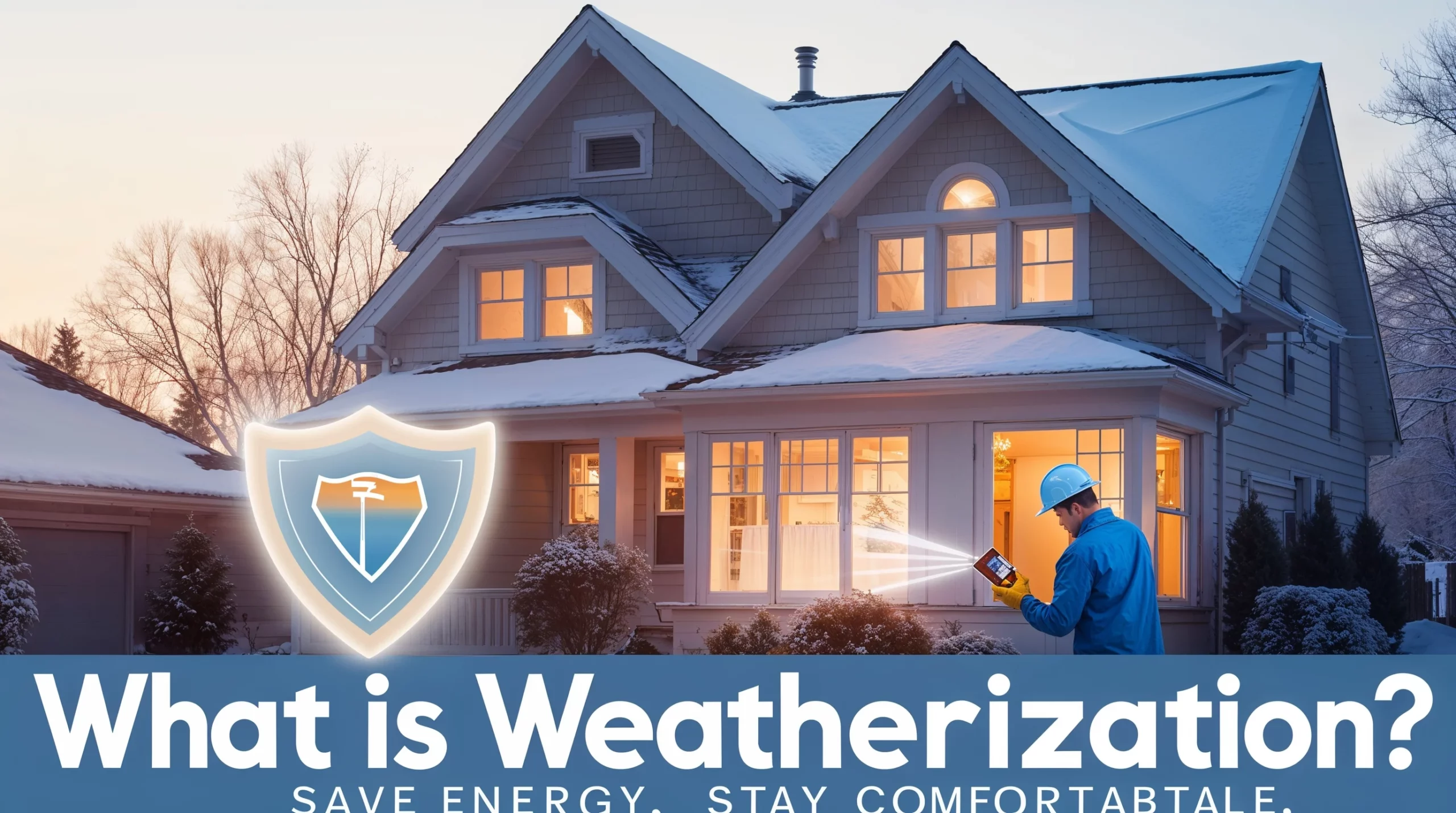
10 Oct What Is Weatherization and Why It’s Important for Your Home
Weatherization is one of the smartest ways to make a home more energy-efficient and comfortable. It helps reduce heating and cooling costs by sealing leaks, improving insulation, and preventing outdoor air from entering your living spaces. In simple terms, weatherization means protecting your home from the weather. This guide explains what is weatherization how it works, and why it’s important for homeowners who want a safe, efficient, and cozy home all year long.
Why Weatherization Matters for Every Homeowner
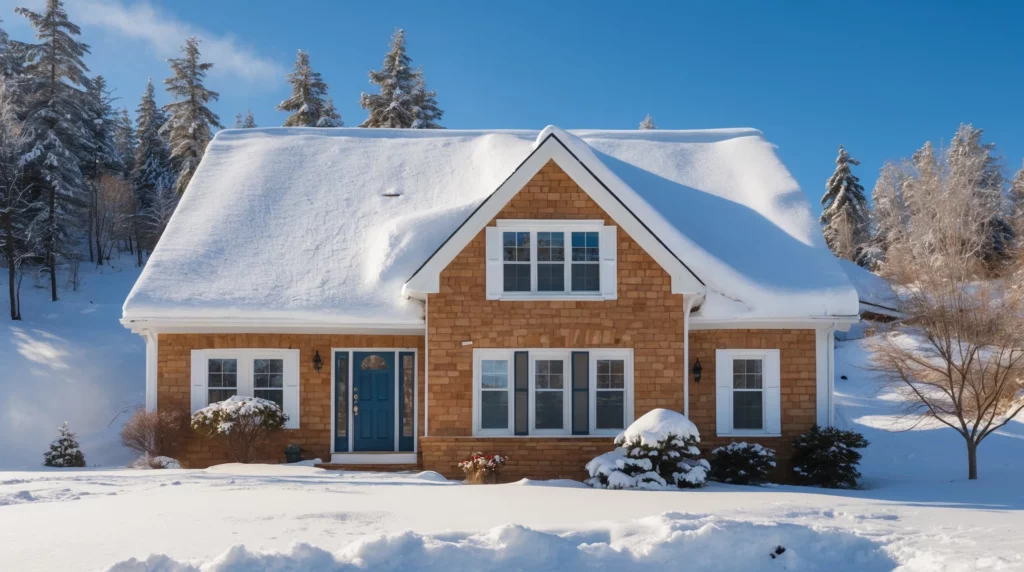
Every home experiences the effects of changing weather — heat in the summer, cold in the winter, and everything in between. However, when a house isn’t properly sealed, conditioned air can escape through small gaps and cracks. As a result, the heating and cooling system must work harder, which ultimately leads to wasted energy and higher utility bills.
Fortunately, that’s where weatherization comes in. Not only does it help you save money on energy costs, but it also improves your indoor comfort throughout the year. In addition, weatherization helps create a healthier home environment by keeping out pollutants, allergens, and excess moisture.
Think of weatherization as giving your house a strong, protective shield. It keeps your home at a comfortable temperature, no matter what’s happening outside.
Understanding the Basics: What Is Weatherization?
So, what is weatherization exactly? It’s the process of making a home resistant to outside elements like wind, rain, heat, and cold. This involves inspecting the house, finding where energy is being lost, and fixing those problem areas.
The main goal of weatherization is to reduce energy waste. That’s done by sealing leaks, adding insulation, repairing or replacing windows and doors, and improving ventilation. The result is a home that’s easier to heat in winter and cool in summer — without overworking your HVAC system.
A well-weatherized home doesn’t just save money; it also feels more stable. The temperature stays steady, and you don’t have to deal with drafts or hot spots.
Weatherization Meaning Explained in Simple Terms
In simple words, weatherization is all about making your home more energy-smart. Imagine wrapping your house in a coat that keeps the right air inside and the unwanted air outside.
When you weatherize, you’re improving the home’s insulation and closing all those small air gaps that let the temperature escape. This means you use less energy to heat or cool your home, and that saves both money and natural resources.
For example, if your windows are drafty, sealing the edges with caulk prevents warm air from leaking out in the winter. If your attic lacks insulation, adding more keeps heat from escaping through the roof. Every small change adds up to a noticeable difference in comfort.
Weatherization Definition and Its Real-World Impact
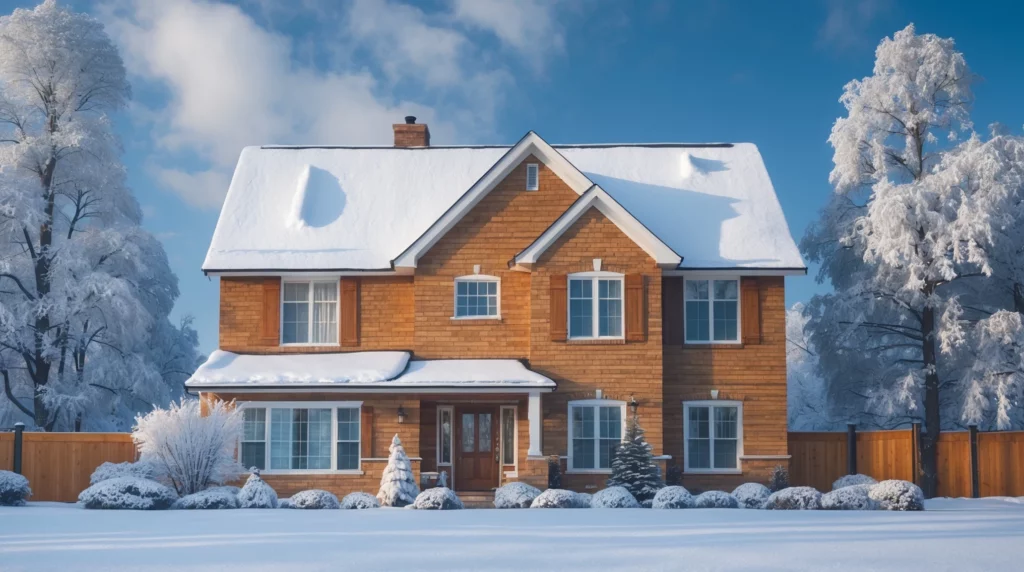
The weatherization definition can sound technical, but the idea is simple: protect your home from weather damage and energy loss. In practice, it means applying a set of improvements that make your home stronger, safer, and more efficient.
Weatherization helps in several ways:
- It lowers your heating and cooling costs by reducing energy waste.
- It improves indoor air quality by keeping out dust, pollen, and moisture.
- It extends the lifespan of your heating and cooling systems because they don’t have to run constantly.
- It helps fight climate change by reducing overall energy consumption.
So, while weatherization might sound like a fancy term, it’s really about everyday comfort and smart home care.
What Does Weatherization Mean for Homeowners?
For most homeowners, what does weatherization mean? It means savings, comfort, and peace of mind.
When you weatherize your home, you’re taking control of your environment. You’ll notice fewer cold drafts in winter, lower energy bills year-round, and a more consistent indoor temperature. It’s also an investment; improving your home’s energy efficiency can raise its value and make it more appealing to future buyers.
Weatherization can also prevent costly damage. By sealing leaks and improving insulation, you reduce the risk of mold growth, wood rot, and condensation. That means fewer repairs down the road.
It’s not just about comfort; it’s about protecting your home and making it work smarter.
6. Common Weatherizing Methods Used in Modern Homes
There are several proven ways to weatherize your home, depending on its age, structure, and existing insulation. Here are the most common weatherizing techniques used today:
Air Sealing
Cracks and gaps are often found around windows, doors, plumbing pipes, and electrical outlets. Using caulk or weatherstripping blocks those leaks and prevents air from escaping.
Insulation Upgrades
Adding or replacing insulation in your attic, walls, or floors helps maintain a steady temperature. This step alone can cut energy use by up to 20%.
Window and Door Improvements
Installing double-pane or energy-efficient windows helps reduce heat loss. Adding storm doors also provides another layer of protection.
Duct Sealing
Leaks in your HVAC duct system waste conditioned air. Professional sealing ensures that warm or cool air reaches every room.
Moisture Control
Weatherization includes sealing the foundation and crawl spaces to prevent moisture buildup, which can lead to mold.
These improvements work together to create a tight, energy-smart home envelope.
The Benefits of Home Weatherization
Home weatherization offers a range of benefits that go beyond just saving money. It’s one of the most effective ways to make your living space healthier and more sustainable.
Energy Savings
By reducing heat loss and air leaks, you use less energy to keep your home comfortable. This translates directly into lower monthly utility bills.
Increased Comfort
No more cold floors in winter or hot rooms in summer. Weatherization helps balance the temperature throughout your home.
Better Air Quality
Sealing leaks also prevents outdoor pollutants from entering your home, leading to cleaner air and fewer allergy triggers.
Longer Equipment Life
Since your furnace and AC don’t need to run as hard, they last longer and need fewer repairs.
Environmental Impact
Less energy use means fewer greenhouse gas emissions. Weatherization is an easy way to reduce your carbon footprint while improving your home’s efficiency.
How to Know If Your Home Needs Weatherization
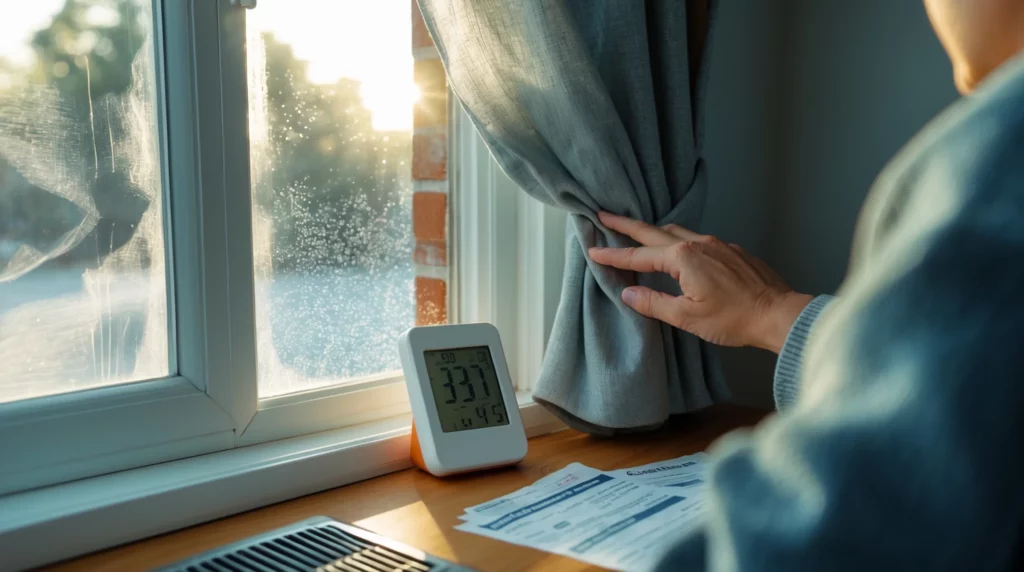
You don’t need to be an expert to spot signs that your home needs weatherization. Look for these common indicators:
- Drafts around doors or windows.
- Rooms that are too hot in summer or too cold in winter.
- High heating and cooling bills.
- Moisture or condensation on windows.
- Dust buildup near vents or baseboards.
If you notice any of these, your home might be losing energy through leaks or poor insulation. A professional energy audit can find these weak spots and show you exactly what to fix first.
DIY vs. Professional Weatherization Services
Some weatherization steps can be done by homeowners, while others need professional tools and experience.
DIY Weatherizing
Simple tasks like sealing windows, adding door sweeps, or applying caulk are easy to do yourself. You can also install foam gaskets behind light switches to stop air leaks.
Professional Weatherization
Larger improvements, like insulating walls or sealing ducts, should be handled by trained experts. They use infrared cameras and blower door tests to detect leaks that are invisible to the naked eye.
Professional weatherization ensures accuracy, safety, and long-term results. A trusted company like Cksidaho can evaluate your home and recommend the best upgrades for lasting comfort and savings.
Local Weatherization Insights for Idaho Falls Homeowners
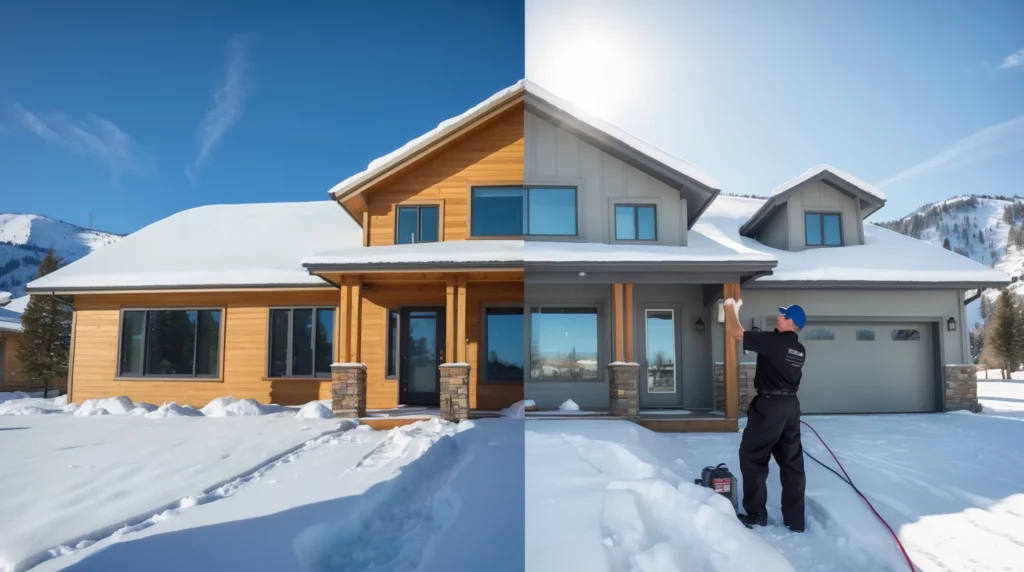
In places like Idaho Falls, where winters are cold and summers can be hot, weatherization is essential. The wide temperature swings mean your heating and cooling system works year-round. Without proper insulation and air sealing, a large portion of that energy gets wasted.
Local weatherization specialists understand Idaho’s specific climate challenges, from icy winds to summer heat waves. They can recommend tailored improvements, such as extra attic insulation or upgraded weatherstripping, to help your home stay efficient no matter the season.
Weatherization isn’t just a comfort choice here; it’s a smart investment that pays for itself through energy savings and durability.
Building a More Efficient Future Through Weatherization
Weatherization is more than just a one-time fix; it’s a long-term approach to energy efficiency and home care. By investing in these improvements, you’re not only saving money but also contributing to a cleaner environment.
Every step you take, sealing a draft, insulating your attic, or upgrading your windows, adds up to a stronger, more comfortable home. It’s an upgrade that improves your quality of life while reducing energy waste.
As homeowners become more aware of energy efficiency, weatherization is turning into a must-have for modern living. It keeps homes safe, reduces maintenance costs, and makes your property more valuable in the long run.
Ready to make your home more efficient and comfortable?
Contact Cksidaho today to schedule your professional home weatherization service. Their experienced team helps homeowners make smart, affordable upgrades that last for years. Take the first step toward a warmer, greener, and more energy-efficient home.
